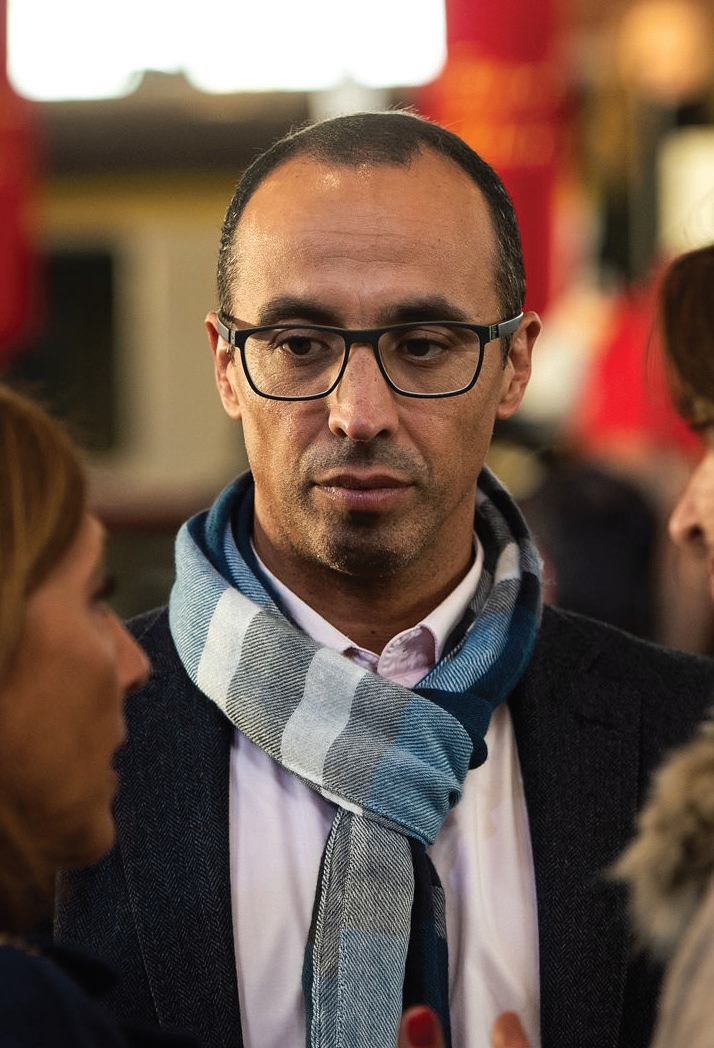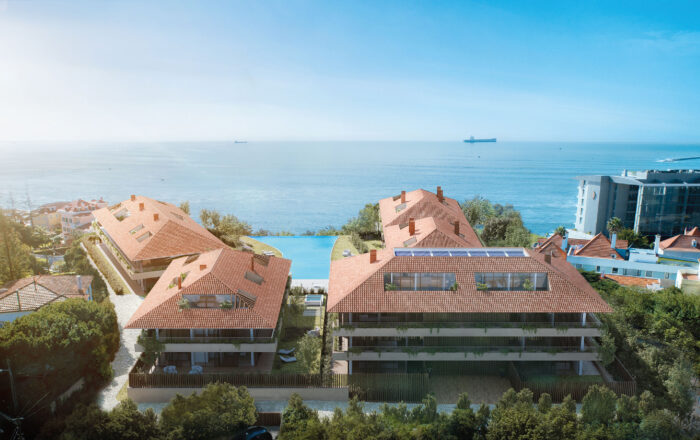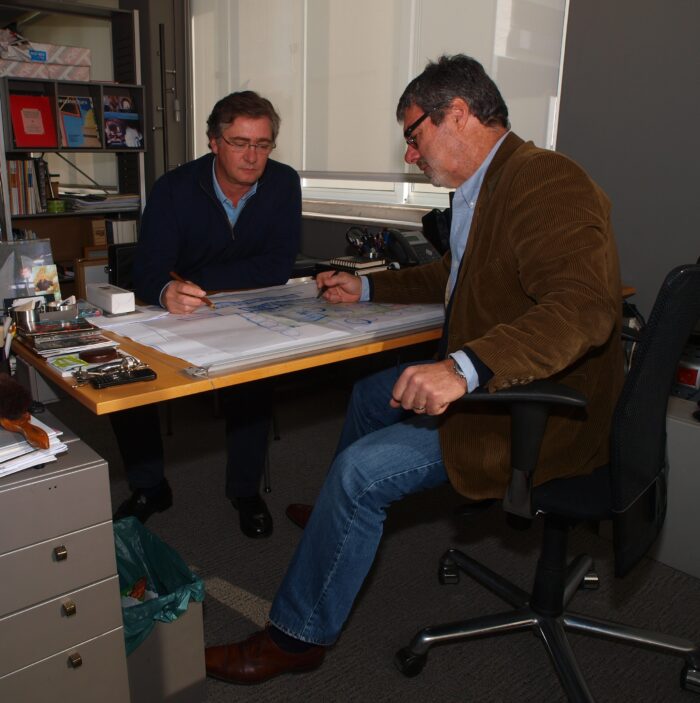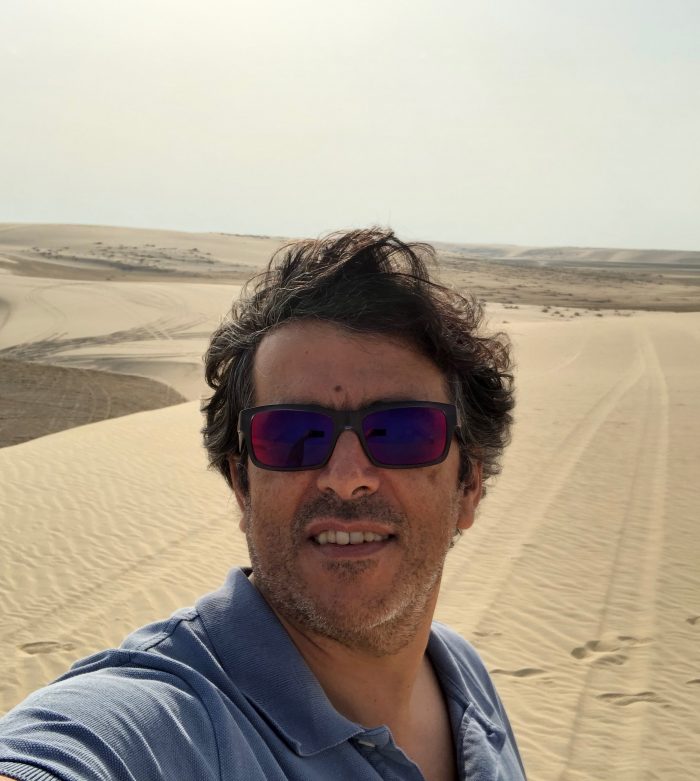A conversation with Eng. Rui Coutinho

A conversation with Eng. Rui Coutinho
‘The route of our conservation and maintenance decisions lies in the inspection and monitoring activity that aims to identify the most advantageous time to intervene in the engineering structures’
The Insfraestruturas de Portugal (IP) is the entity responsible for the management of more than seven thousand engineering structures in Portugal. How do you manage such a vast patrimony?
The management of a vast group of engineering structures, so diverse among themselves, from hydraulic passages to large bridges and tunnels, such as the 25 de Abril Bridge or the Marão Tunnel, involves a number of factors, from people with strong engineering skills, the approach systematization and the engineering structures’ management; and also a strong commitment to collaborate with other entities that complement IP in this activity. One of the founding aspects of the quality of the structures lies in their origin: in the design and construction. IP has the know-how and resources in these areas, but we also hire external services whenever necessary. Then, the route of our conservation and maintenance decisions lies in the inspection and monitoring activity that aims to identify the most advantageous time to intervene in the engineering structures. IP has also instituted a set of asset management practices that ensure consistency and alignment between the company’s strategy and our activity on the ground. The assessment of the state of the railway and road infrastructures is conducted from a qualitative perspective of performance, using degradation models to infer future behavior and predict the best time to intervene. IP also ensures that the inspection of its bridges is done according to internationally standardized technical parameters and, in certain cases, with particular limits defined contractually with the Portuguese State. The continuous execution of this activity is a decisive contribution to the preventive approach on the occurrence of asset failures and also to a predictive approach as to the most economically advantageous moment for carrying out maintenance or improvement interventions on infrastructures.
How has BETAR overcome the challenges created by your needs?
BETAR integrates a wide range of specialized partners, of public and private nature, that have collaborated with IP in order to complement our capacities and competencies. For IP, it is essential that the market is equipped with several companies with know-how and that they operate under a healthy competition regime. The basis for the best solutions to infrastructure problems is based on the combination of two factors: the deep knowledge of the assets, from the technical point of view and their function, as well as the competence and experience of the engineers involved. It is on these factors that the focus of IP is centered. Our activity is centered on engineering acts.
In a context of important limitations in public funding, how do you define the investments’ priority?
Infrastructures represent a very significant financial burden for taxpayers, with Asset Management being a central tool for supporting the best investment options. The principle that current infrastructures will remain with high levels of service at controlled costs is a trap that must be avoided. On the other hand, in more developed economies such as the European ones, with aged infrastructures, the opportunity to optimize these infrastructures should be explored, with investments at reasonable costs. The balance between costs and asset performance over a given time horizon is at stake, with risk being the balancing measure for the different scenarios. It is an obligation for anyone who manages infrastructure, especially in the public sector: where money is provided by taxpayers; to ensure that each euro that is provided to us is assigned in the place and activity where it is most needed, or that generates the greatest economic return.
The infrastructures’ quality is also a factor in international competitiveness and economic growth. Which are the challenges for the future?
This is in fact well documented. In Portugal, the relevance of IP for safeguarding the security conditions of its infrastructures is recognized. Generally, the main challenges are on financing, the quality of management information and a policy of incentives and accountability that generate greater agility, a long-term vision, and simplicity of processes.
This interview is part of Revista Artes & Letras # 106, March 2019
Partially automatic translation from portuguese: some expressions may differ from their actual meaning.
News & Interviews
Villa Unika awarded
Betar's signature project is among the winners of the 5th Real Estate Awards. Read more
A conversation with Arch. Tomás Rebelo de Andrade and Arch. Jorge Garcia Simões
'The word complicate is not part of our lexicon because we want what we do to be discernible and to be read’ Read more
A conversation with Arch. Paulo Perloiro
'The profession of architect began on the day of my first college assignment [...] The studio was a place of intellectual conviviality and discussion... for a few years, it was a kind of architecture boarding school... a studio house' Read more




